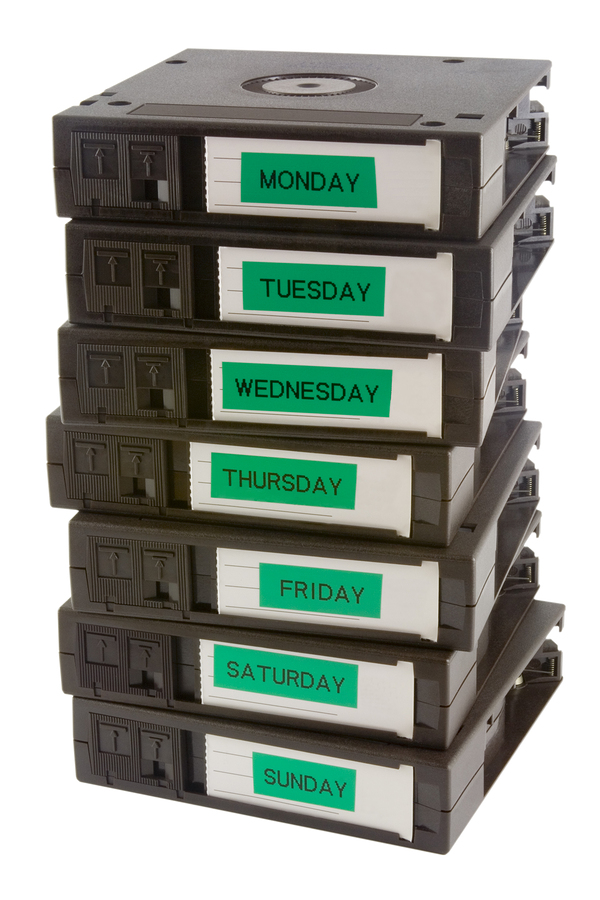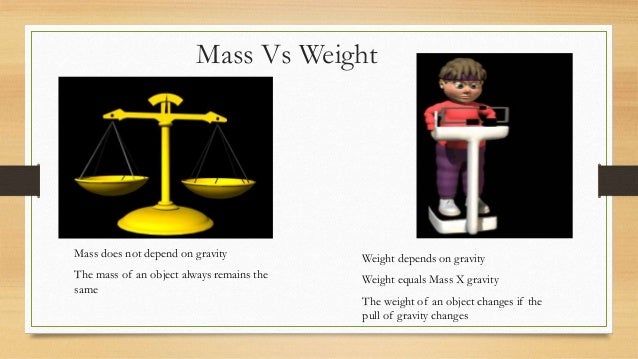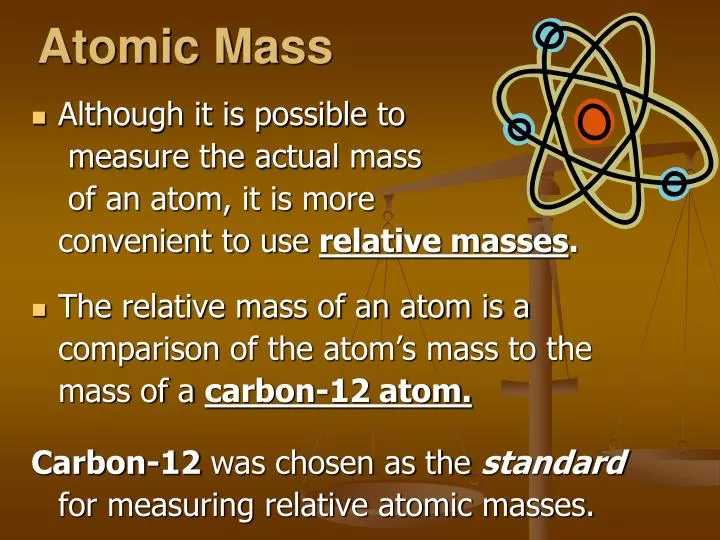As demands for increased storage space and the safety of information on computers have increased, external hard drives have become a popular option. It is easy to transfer data to an external hard drive on most computers and operating systems. Using an external hard drive will reduce the potential for data loss or corruption. In addition, data can be backed up and archived on an external hard drive so that it doesn't take up room on a primary hard drive. If you have just one drive in your laptop or desktop, you could replace an HDD or small SSD with a 1TB SSD for less than $60.
If you're a computer user with a great deal of data, replacing just the drive that holds your operating system and applications could provide a significant speed boost. Put your working data on additional internal or external hard drives, and you're ready to tackle a mountain of photos, videos, or supersized databases. Just be sure to implement a backup plan to make sure you keep a copy of that data safe on additional local drives, network-attached drives, or the cloud. One of the easiest and quickest ways to protect your data is to back it up to another hard drive. To transfer data to an external hard drive, first select an external hard drive which will meet your storage needs. Depending on the type of data, you may want a hard drive with a very large capacity.
If you have a lot of images, video, or music files, an external hard drive with lots of room is an excellent idea. If you are planning to transfer data like documents, a smaller capacity external hard drive is sufficient. Some external hard drives are small enough to fit on a key chain, which is useful for travelers who need small files on the go.
Yes, you can with the help of Windows data recovery software to recover data from FAT and NTFS partitions which are corrupt, damaged, formatted and inaccessible. As you might have noticed that the above method is a bit longer as you have to transfer complete data of old hard drive to an external drive and then copy to new drive. If you are using a laptop then you can opt for a hard drive upgrade kit which not only includes the enclosure but also a cloning software from the old drive to the new one. Regularly cleaning your customers' hard drives is one thing MSPs should be doing to help maximize space and boost performance.
Place the hard drive into an external hard drive enclosure, attaching both power and data cables from the enclosure's wiring to the drive. To buy the correct enclosure, check the size of your drive. Most desktop hard drives need a 3.5 inch enclosure, while laptop drives most often use 2.5 inch enclosures. Modern drives use SATA enclosures, but very old drives with large ribbon cables need IDE enclosures instead.
Time to replace the hard drive of your laptop or your PC? Your laptop has become slow and you no longer have enough storage space? In this article, we describe how to replace your hard drive with a fast SSD . Place your old hard drive in an external hard drive enclosure so that you can always access your old data.
In addition, you now have a portable external hard drive that you can take with you everywhere. Look at your drives and start the migration process. Confirm that you want to proceed, and the software will let you know when it's finished.
It takes a very long time to move gigabytes of media with an easy transfer program, and I don't see the point. For example, I have all my music files in one big, hierarchical directory on an external hard drive, backed up to a second external hard drive. (FreeFileSync on my desktop PC keeps them in sync.) I never copy them from one laptop to another. Instead, I just load any albums I currently want to have as local files – a different selection each time – via network shares. Remember that SATA large hard drives and small hard drives use the same power and motherboard interface.
If your main goal is to just get your data, you can use a SATA external adaptor for a laptop or desktop hard drive. Alternatively, IDE drives use a different interface for desktop computers and laptop computers. For example, if you have a desktop IDE hard drive, you'll need a desktop IDE hard drive enclosure. Getting back to creating an external hard drive, the next thing you need to make certain of is the size and type of drive you have. Notebook computers typically use 2.5-inch hard drives, simply because they're smaller and use less power than 3.5-inch desktop hard drives. If you're not sure what size your drive is you can measure it.
Hard drives have a rectangular shape, and the smaller of the two sides is where the size is measured. You can do this by using the cloud to save hard drive storage via a backup service or by using an external data storage device. Take time to review what programs you want to keep, and assemble your original discs or data files for reinstallation on your new drive.
New portable external hard drives are pretty cheap nowadays. Once you have successfully removed the old hard drive, securely fit it inside your external hard drive enclosure. Remember, this enclosure needs to be the correct size and interface for your drive. Grab your USB cable and connect one side to the enclosure and the other to your laptop. If you merely want to recover the data, just take your old hard drive out of your dead computer, put it in an external hard drive case and pull out any files you need.
Even if you don't continue to use it as an external hard drive, you'll be able to get all your data. If you're going to decommission, donate, or recycle a computer, then it's also important to learn how to properly wipe clean a hard drive so no trace of sensitive information remains. After creating your backup, shut down the computer, install your hard disk or SSD drive, start the computer then load your BIOS or UEFI firmware. After confirming these changes, connect your external hard disk, then power on the device. Boot from your Windows 10 install media, which will be used to facilitate the restoration of your system image created earlier.
When you arrive at the Install Now screen, click the Repair computer link; this will load the Recovery Environment. If you're interested in using an external drive to back up and transfer your data, check out our roundup of the best external hard drives available now. Using an external hard drive to transfer your data from an old PC to a new PC also gives you a backup of your data in case things go wrong.
This mostly manual process might take a bit longer, but if you already have an external drive lying around, you can transfer your files without spending more money. You can back up your data on thumb drives or USB flash drives. Remember, though, that these are small storage devices and may not accommodate all the data you need to save.
External hard drives, which can offer more storage, might be a better option. You can also transfer your data to another laptop or PC. Your personal information is stored on a computer's hard drive unless you take the steps to wipe the hard drive clean. Anyone with recovery software and bad intentions could access this information, putting your privacy and the security of your personal information at risk.
Cloning software makes a bit-for-bit copy of your internal hard drive's data. Once the data is transferred to the SSD, transplant the new drive into your computer and you should be good to go. I prefer to clone a hard drive onto an SSD whenever possible. If it's done right, a cloned SSD is bootable, so it's literally a plug-and-play experience.
Just copying files between the two drives instead may not copy all the data you need to get the computer to boot with the new drive. If all else fails, you may need to go back to your old PC, run the appropriate program, and File/Export the missing data to an external hard drive. You can then connect this to your new PC, and import the data into the program, or its new replacement. This may well include browser bookmarks and passwords. Also, double-check that any offline email files have been copied across.
After you connect the external hard drive to the other computer (let's assume it's a Windows computer), click on "Start" and "Computer" and select the secondary hard drive that populates. Click on "Documents," "Settings" and then "Owner" to access all the documents and data that were originally on your old computer. Navigate through your data from the old computer to find and locate any files you want to keep and transfer to your new computer.
Can You Put Old Hard Drive In New Computer If your external hard drive has failed, you can still recover your data. Just pull out the hard drive inside and put it into a new enclosure. You'll be happy to know that oftentimes it's actually the hard drive enclosure that has failed – not your hard drive. Once you replace the enclosure, your data should be fine and you can keep on doing what you do. Years ago, disk cloning was only possible using very expensive hard drive duplicators.
With Acronis True Image, you can create a mirror-image copy of any hard drive. With partitioning software such as Acronis Disk Director, or Windows Disk Management, you can even create a clone partition on the same hard drive . Backups have a reputation for being cumbersome to create, maintain and manage, which sometimes results in users neglecting to perform them. While backups can be tedious without the right tools, modern hard drive backup software and methods make the process much easier and faster.
In this article, we'll discuss how to back up a computer and also how to perform a hard disk recovery if your data is ever lost. Many people assume that deleting old files and browser history is all that's needed to clear their hard drive. But the reality is, cybercriminals can run data recovery software to access your deleted files and get a hold of private information. A full wipe will protect you—and your customers—from this type of attack.
This is definitely an involved task, and users considering upgrading their storage device should think carefully about the migration method they plan on using. My personal lesson, if you are moving to a storage device that's larger than the one you are replacing, the built-in System Image tool in Windows 10 is more than sufficient. If you are moving to a smaller hard disk or SSD storage, then you will need a third-party utility such as EaseUs Todo Backup to help you. It goes without saying, additional tools to facilitate the restoration might be needed, such as an external hard disk or even an external enclosure.
External hard drives are far less vulnerable to virus attacks and spyware because they are not continuously connected. When you transfer data, make sure that it has been scanned so that you do not inadvertently introduce viruses to your external hard drive. Many USB devices are also hot swappable, which means that they can be plugged in and turned on while the computer is turned on. To remove the device, use the computer's ejection utility. This ensures that the device will not be damaged when you power down and unplug it.
When you transfer data, you want to ensure that it will not be lost, so be certain to wait until the computer indicates that it is safe to disconnect the external hard drive. There are two types of external USB drive connector. One is a total enclosure, converting an internal drive to an external drive for long-term use. The other type of connector strips away the enclosure entirely, leaving only a cable and connector. This is perfect if you have multiple drives to check or only want to temporarily access a drive to transfer data. The former is a long and tedious process we would not wish on anyone – and that's assuming that you already have the correct drivers downloaded on a USB drive.
Always back up your data before wiping a hard drive or making any other significant changes or repairs to your PC. Cloud storage solutions as well as external hard drives are both great ways to keep your data safe in case something goes wrong. You can even clone your hard drive, which will give you a complete copy of your entire disk. After upgrading from a hard disk drive to a solid-state drive and migrating your data to the new drive, wipe your old hard drive if you're planning on giving it away or getting rid of it.
You can also buy a casing for your old drive and continue using it as an external storage device. OP, every time I move to a new pc, I move the old drive to the new pc also, and install windows fresh on the new drive. Even with windows installed on it, it won't be an issue as long as you choose your new drive as the boot drive.
This way you can retrieve old files as you need to without hassle. Hard drives are data storage devices that a computer uses to store a computer's operating system, applications, and files. You may want to install a hard drive on your computer to gain additional storage space or to replace a faulty hard drive.
This wikiHow teaches you how to install a hard drive in a desktop or laptop computer. My laptop hinges broke so, I bought a new Dell laptop. I removed the hard drive from the old unit and installed it into an external drive enclosure. I would like to install everything on the old hard drive onto my new PC.
I have the external enclosure and a USB cable to attach to it and to the new PC. How do I proceed to transfer all the old info onto the new PC so when I turn it on it's the looks and functions like the old did? Rather than purchase a hard drive enclosure to make an external home for a SATA hard drive you are removing, why not purchase a SATA dock.
I now have 6 hard drives, including some from my desk top tower and one from an old HP laptop, that I simply pop into the SATA dock when I need information on the drive. The SATA dock accommodates all my old SATA drives. I also keep on hand an inexpensive unit that converts by old EIDE drives into USB drives. No matter your computer is Windows 7, Windows 8 or Windows 10, you can always clone or move HDD to the new computer.






















































